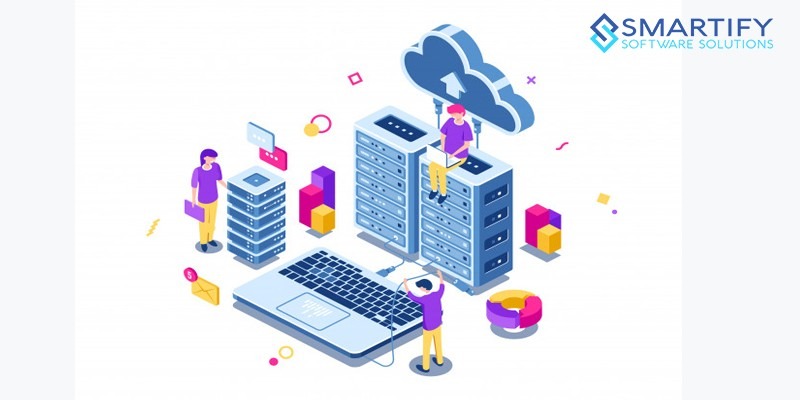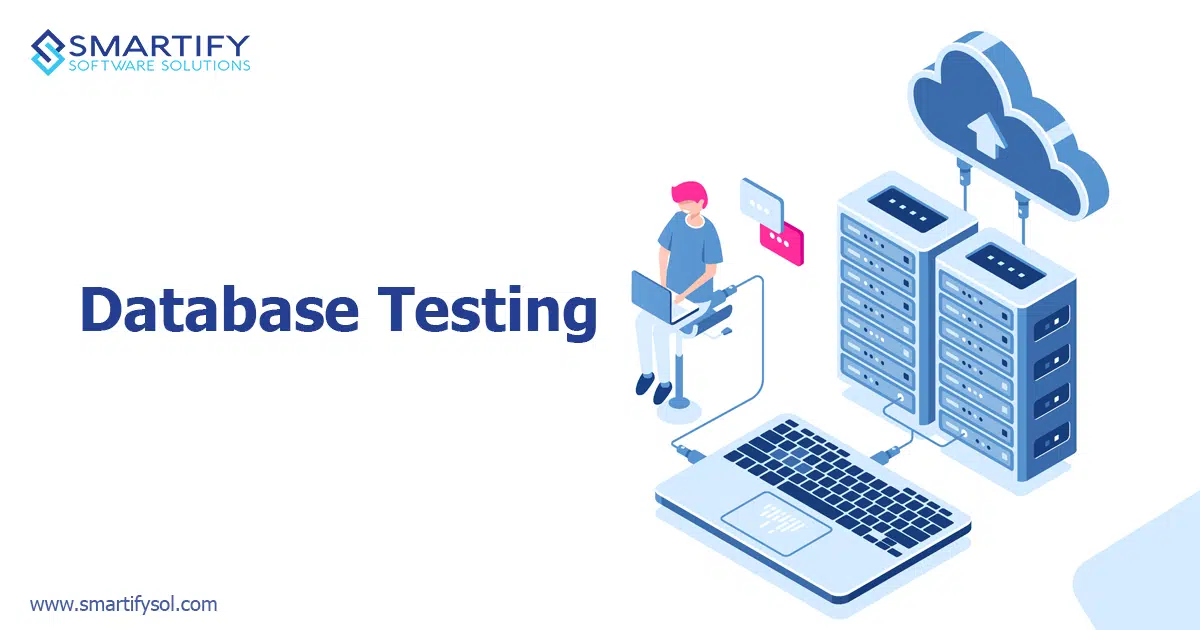Data warehouses will need to be upgraded and complemented with newer technologies for better and quicker database management. In 2020 cloud computing, graph databases, machine learning, and augmented Data Management, Databases that bridge SQL/NoSQL, Multi-Database Systems (MDBMS). Business will need to balance and integrate these old and new database management tools to stay in business and remain competitive during a dynamic year. With millions of pieces of sensitive information being sent and received over the internet, it’s no shorter than an uphill battle to keep all of this information in safe hands. database systems have to handle large volumes of data taking up more computing power. The Internet of Things will create 847 Zettabytes per year by 2021, where it created 218 ZB per year in 2016.
Following are the some of the current trends in 2020:
- Leverage cloud computing
- Include graphs databases
- Augment Data Management
- Databases that bridge SQL/NoSQL
- Multi Dimensional Database Systems
- Predictive analysis
1. Leverage cloud computing
Cloud databases are databases that run on cloud computing platforms such as Salesforce, GoGrid, and Amazon EC2. It is a collection of content, either structured or unstructured that occupies on a private, public cloud computing platform. Database and data warehouse vendors have joined established cloud providers in offering hosted versions of their software, enabling customers to leverage the many benefits of cloud computing for their applications data storage, search, and access needs.
Cloud databases can use cloud computing to achieve optimized scaling, high availability, effective resource allocation. Moving to the cloud doesn’t mean shifting organizational priorities, but instead getting services and products that help your organization meet its goals.It Can support relational databases including MySQL and PostgreSQL and NoSQL databases including MongoDB and Apache CouchDB. Cloud databases can expand their storage capacities on run-time to accommodate changing needs.
Organizations only pay for what they use. Users can access cloud databases from virtually anywhere, using a vendor’s API also by using web interface. leveraging cloud computing for database management will generate mixed results. Complexity querying cloud database systems, “inflexibilities in integrations, and network performance issues” means lower cloud adoption by the end of the year.
2. graphs databases
Graph databases provide quick views of data relationships that can be assessed quickly, with less compute power overheads. Graph databases are NoSQL databases which use the graph data model consist of of vertices which is an entity such as a person, place, object or relevant piece of data and edges ,which represent the relationship between two nodes. In 2020, database managers and administrators will be adding graph databases to their database systems portfolio. Graph databases shift the focus of their data models to the relationships, which makes retrieving complex data structures much easier.By abstracting nodes and relationships into one structure, they’re a little like next-gen relational databases that put relationships above the data alone. Rather than the multi step process described above, graph databases allow developers to build sophisticated data models in a much simpler, faster way—with fewer tables, and sometimes even with only one operation.
Graph databases are helpful because they highlight the links and relationships between relevant data , This database does not use foreign keys or join operations all relationships are stored within vertices, Native graphs databases are equipped to easily accommodate rapidly scaling data particularly useful as organizations generate more and more data each day, Modern day applications like recommendation engines, social media, forensic analysis use graphs to process highly connected data.
3. Augment Data Management
In 2020 Database management will require heavy weight,To keep database management simple , Data quality and Metadata management should be automated with augmented data management, Augmentation is a growing trend that companies must automate most of their management processes and free up valuable time from their engineers. 50 percent manual data management tasks will be reduced by end of 2022. Augmented data management involves using machine learning and artificial intelligence engines to automate manual tasks involved with managing data. It means making data quality checks, metadata and master data management, and data integration self-configuring and self-tuning. augmented data management will impact data quality, master data management, data integration, database management systems, and metadata management. when applied with Data Governance across the company, promise to increase database storage space, That makes databases more flexible, and decrease retrieval speeds. Many companies are moving their relational database systems to the cloud to improve database management in 2020.
4. Databases that bridge SQL/NoSQL
The latest trends in 2020 for database products are Briding SQL and NoSQL, giving users the best capabilities offered by both. The products don’t purely adopt a single database structure, but instead, bridge both SQL and NoSQL, giving users the best capabilities from both. This products allows users to access both SQL Databases at same time NoSQL databases.
5. Multi Dimensional Database Systems (MDDBMS)
Multi Dimensional Database Systems are generated from existing relational databases. The data in this database systems is stored in a cube format and data can be understood from many dimensions. The multidimensional databases uses multidimensional online analytical processing to access its data and it gives quick answers to end user requests and by analyzing data that to be generate. Data is presented to users so as to represent a hypercube or multidimensional array, where every individual data value is contained within cells that are accessible by multiple indexes. The multidimensional systems are capable of moving beyond three dimensions. Database managers and administrators in 2020 will handle a patchwork of database systems with different schemas, including data warehouses and NoSQL. MDBMSs are well known for their ability to present data in top level views. The main advantages of using a multidimensional database system are:
- Performance is superior than relational databases
- Very easy to maintain
- data presentation in this databases better than conventional databases
6. Predictive Analysis
Companies used analytics to get understanding of historical and also current situations in 2019, but in 2020 they will be shifting towards predictive analysis to asses infrastructure maintenance ,investment needs. Predictive analysis is the process of making predictions regarding purchaser behavior and performance of product on market. It works like machine learning that helps making predictions using past data. Mobile app companies can use predictive analysis to collect end user thoughts for the app and also to identify ways for improvement. Predictive analysis is a new technology, it becomes as powerful technology in the future of mobile app database management. Also predictive analysis helps to find solutions for different business challenges and helps to achieve business goals, It uses artificial intelligence and machine learning to predict future outcomes.



